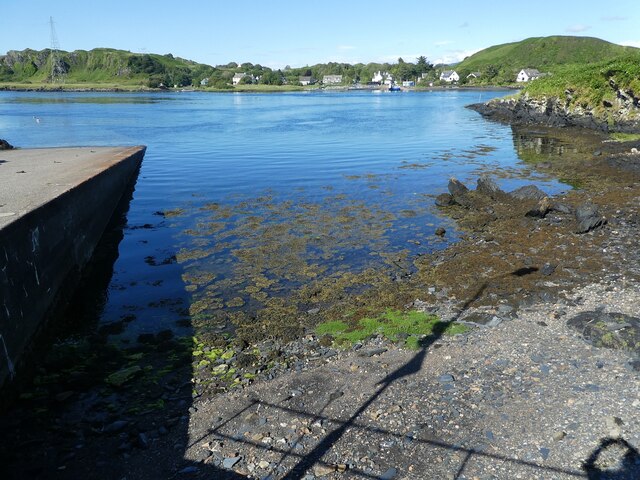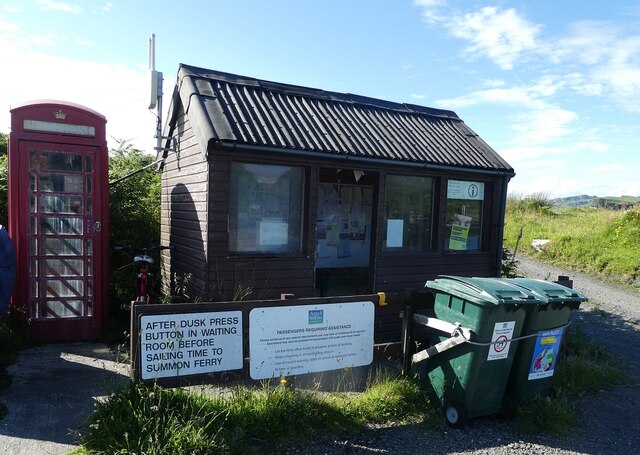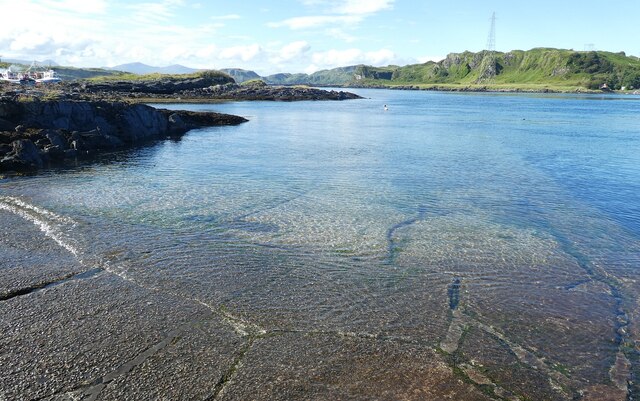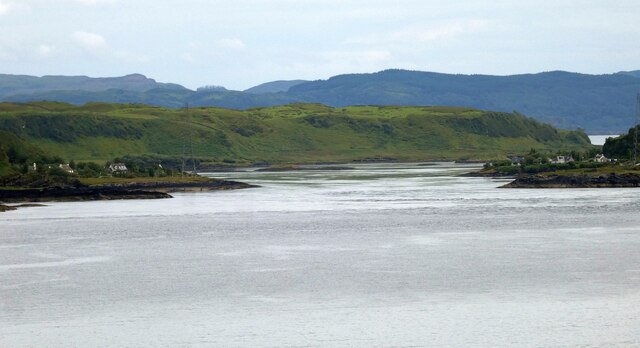Eilean na h-Eaglaise
Island in Argyllshire
Scotland
Eilean na h-Eaglaise
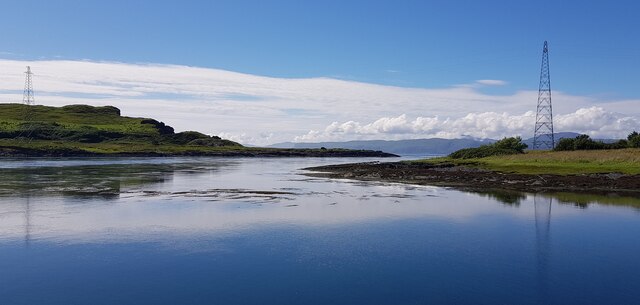
Eilean na h-Eaglaise, also known as the Church Island, is a small island located in Argyllshire, Scotland. Situated in Loch Awe, it is approximately 1.5 miles southwest of the village of Lochawe. The island has a rich historical and cultural significance.
The island gets its name from the ruined church that stands on its grounds, dating back to the 12th century. The church is dedicated to St. Conan, a local saint, and its remains provide a glimpse into the past. The island is accessible by boat and visitors can explore the church ruins, which include remnants of the nave, chancel, and a burial ground with ancient gravestones.
Eilean na h-Eaglaise offers stunning views of Loch Awe and the surrounding landscape, making it a popular spot for photographers and nature enthusiasts. The island is covered in lush greenery, with trees and shrubs providing a habitat for various bird species.
The tranquil atmosphere of the island makes it a peaceful retreat for those seeking solace and relaxation. Fishing is also a popular activity, with the waters surrounding the island being home to several species of fish.
While there is no permanent population on Eilean na h-Eaglaise, it remains an important historical site and a significant part of the local heritage. It attracts visitors from near and far, who come to appreciate its natural beauty and explore its historical relics.
If you have any feedback on the listing, please let us know in the comments section below.
Eilean na h-Eaglaise Images
Images are sourced within 2km of 56.264651/-5.610821 or Grid Reference NM7613. Thanks to Geograph Open Source API. All images are credited.

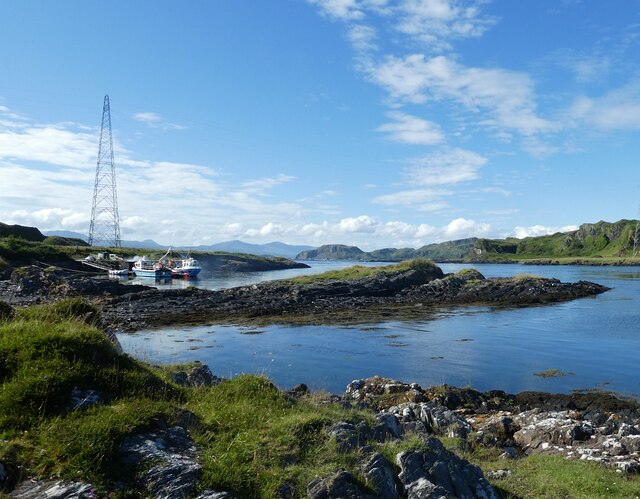
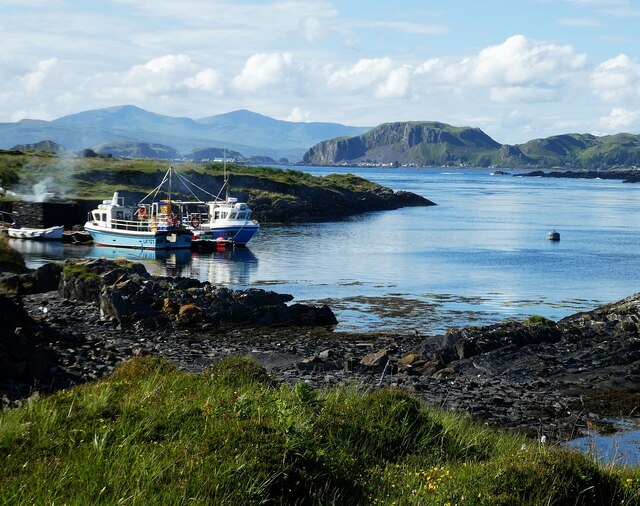
![Torsa from Luing The land in the foreground is the western coast of the isle of Luing at its northern end, looking across to the uninhabited isle of Torsa.
Torsa is almost connected (fordable at low tide) to Luing near Ardinamir Bay.
Although no longer permanently inhabited since the early 1960s, it is possible to stay in a holiday let in the island&#039;s only remaining house - see <span class="nowrap"><a title="https://torsa-island.co.uk" rel="nofollow ugc noopener" href="https://torsa-island.co.uk">Link</a><img style="margin-left:2px;" alt="External link" title="External link - shift click to open in new window" src="https://s1.geograph.org.uk/img/external.png" width="10" height="10"/></span>
The island has never had a large population, but at the beginning of the C19th there were eleven families living here. It has an area of 113ha (280 acres) and its highest point, 62m (203&#039;) is an unnamed hill in the centre of the island.
See also <a href="https://www.geograph.org.uk/photo/7258530">NM7512 : Torsa Beag and Sgeir a' Bhodaich from Luing</a>
[Edit Late 2023] The entire island of Torsa comprising Torsa, Torsa Beag, Eilean na h-Eaglaise, and their reclaimed foreshore is currently up for sale for &quot;offers over £1.5m&quot; - you do get about 270 acres and several buildings for your money though! See <span class="nowrap"><a title="https://island-seeker.com/islands-for-sale/scotland" rel="nofollow ugc noopener" href="https://island-seeker.com/islands-for-sale/scotland">Link</a><img style="margin-left:2px;" alt="External link" title="External link - shift click to open in new window" src="https://s1.geograph.org.uk/img/external.png" width="10" height="10"/></span>](https://s2.geograph.org.uk/geophotos/07/25/83/7258358_d28f3352.jpg)

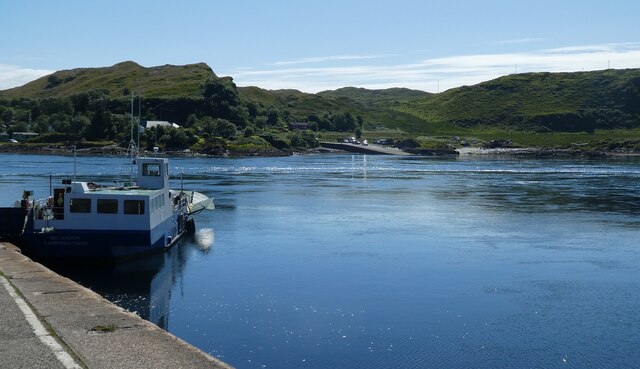
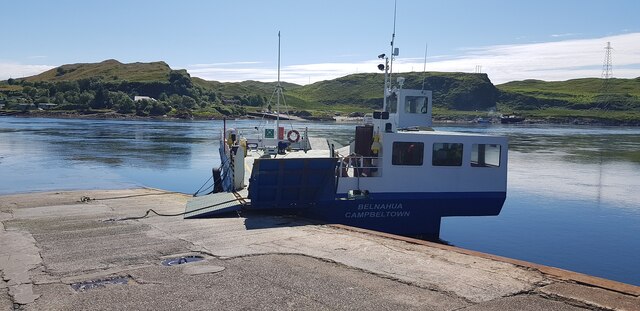

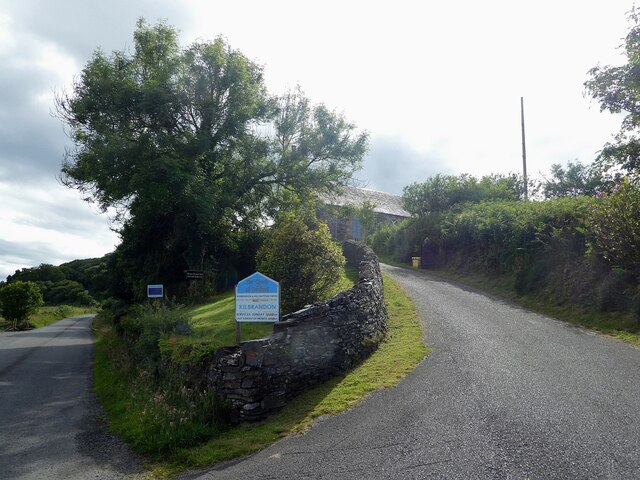
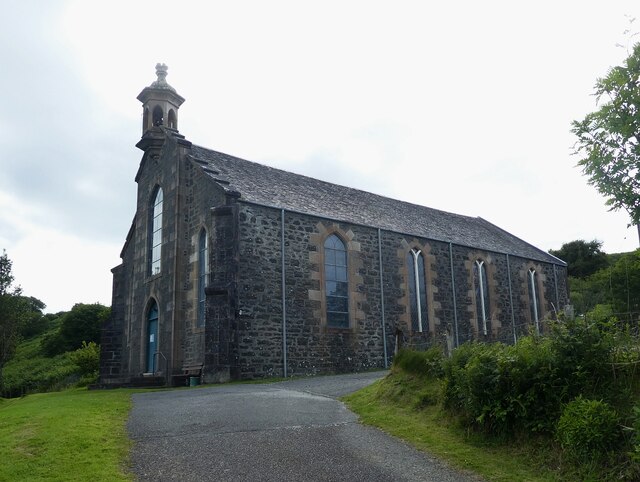



Eilean na h-Eaglaise is located at Grid Ref: NM7613 (Lat: 56.264651, Lng: -5.610821)
Unitary Authority: Argyll and Bute
Police Authority: Argyll and West Dunbartonshire
What 3 Words
///employ.robe.overt. Near Lochbuie, Argyll & Bute
Nearby Locations
Related Wikis
Torsa
Torsa (occasionally Torsay) is one of the Slate Islands in Argyll and Bute, Scotland. Lying east of Luing and south of Seil, this tidal island was inhabited...
Cuan Sound
Cuan Sound is a narrow channel, 200 metres (660 ft) wide, located in Argyll, western Scotland. It separates Seil and Luing and later becomes the Firth...
Slate Islands
The Slate Islands are an island group in the Inner Hebrides, lying immediately off the west coast of Scotland, north of Jura and southwest of Oban. The...
Balvicar
Balvicar (Scottish Gaelic: Baile a' Bhiocair) is a village on the island of Seil, a small island seven miles (eleven kilometres) southwest of Oban, Scotland...
Have you been to Eilean na h-Eaglaise?
Leave your review of Eilean na h-Eaglaise below (or comments, questions and feedback).
